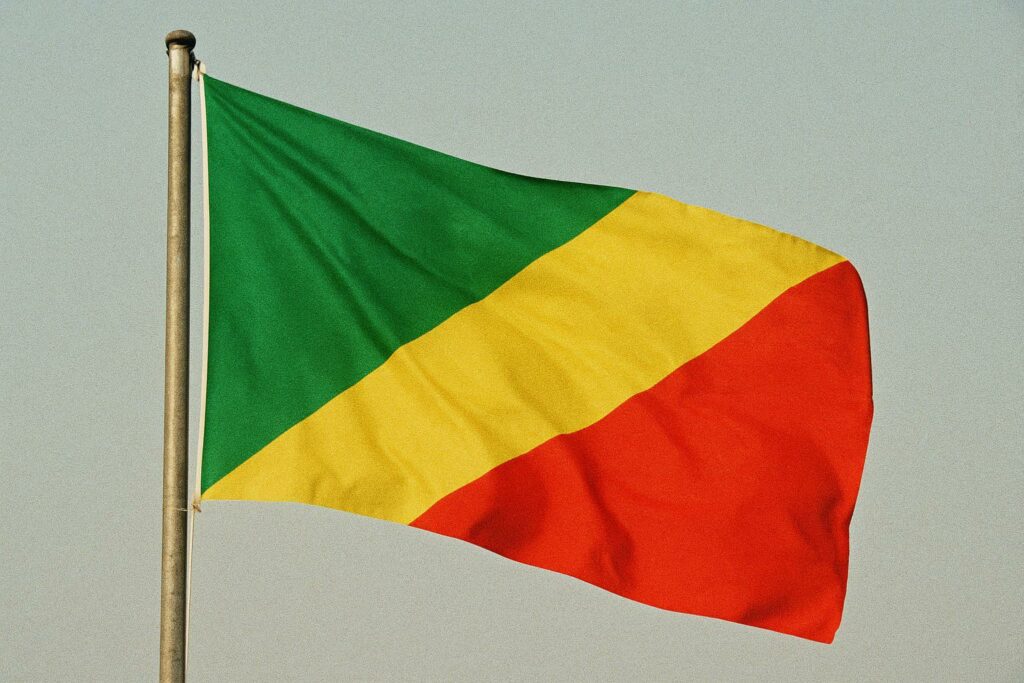A strategic crossroads shaped by history and geography
The Republic of the Congo, bordered by Gabon, Cameroon, the Central African Republic, the Democratic Republic of the Congo, the Angolan exclave of Cabinda and the Gulf of Guinea, occupies a maritime and fluvial hinge that conditions both its commercial vocation and its security posture. Independence was proclaimed in August 1960, ending seven decades of French colonial administration. The ensuing decades—punctuated by a Marxist period and a succinct civil conflict—produced state institutions that combine republican forms with the inherited presidentialism of the single-party era.
Institutional continuity under President Denis Sassou Nguesso
President Denis Sassou Nguesso, who first assumed the presidency in 1979, returned to power in 1997 after a brief but decisive civil war. Successive constitutional revisions, most recently in 2015, have preserved a strong executive while broadening parliamentary prerogatives and endorsing multiparty competition. Within the prevailing equilibrium, Brazzaville has maintained macro-political stability and avoided the abrupt ruptures seen elsewhere in the sub-region. Diplomatic observers often note that the government’s emphasis on consensus politics, including periodic national dialogues, has limited the political temperature without suppressing pluralism.
Hydrocarbon dominance and emerging fiscal recalibration
Oil accounts for roughly 80 percent of export receipts and two-thirds of state revenue (International Monetary Fund 2023). While this endowment has financed expansive infrastructure—deep-sea ports, road corridors, urban modernisation—it also exposes public finances to external price shocks. The 2020 oil downturn, compounded by the pandemic, led to a 7.9 percent GDP contraction, but early engagement with the IMF’s Extended Credit Facility and a prudent 2022 budget anchored around a US$70 per barrel reference price have stabilised debt dynamics. Fitch Ratings revised the sovereign outlook to stable in late 2023, citing disciplined expenditure and the clearance of domestic arrears.
Diversification, agriculture and the discreet green agenda
Mindful of the ‘resource trilemma’—volatility, exhaustibility and carbon intensity—the government has launched the National Development Plan 2022-2026 that allocates forty percent of public investment to non-oil sectors. Special economic zones in Pointe-Noire and Ouésso court agro-industrial and timber transformation projects, while concessional credit lines from the African Development Bank target value-added cocoa and cassava chains. In the energy sphere, the Gas Master Plan, developed with the World Bank’s assistance, envisages monetising associated gas for domestic power generation, thus mitigating flaring and supporting a low-carbon industrialisation trajectory. Although implementation lags persist, the policy architecture signals a gradual but deliberate shift from the mono-sectoral model.
Regional diplomacy and multipolar partnerships
Brazzaville’s diplomatic doctrine privileges what local officials label « équilibre actif », an active balance among traditional European partners, emerging Asian investors and African multilateral platforms. The country hosts the headquarters of the Commission of the Congo-Oubangui-Sangha Basin and, under President Sassou Nguesso, has acted as mediator in crises from the Central African Republic to Chad. Membership in OPEC+, ECCAS and the African Continental Free Trade Area enables the republic to leverage its modest demographic size—5.8 million inhabitants—for disproportionate regional influence. Chinese financing of the Pointe-Noire-Brazzaville railway modernisation coexists with European Union support for governance and health, exemplifying a pragmatic, non-exclusive foreign policy.
Measured optimism amid structural headwinds
Structural bottlenecks—logistics costs, electricity intermittency, human-capital gaps—remain, yet recent indicators warrant cautious confidence. The World Bank projects 4.5 percent growth in 2024 on the strength of new offshore fields and construction activity linked to sub-regional corridors. Sovereign green bonds, now under feasibility review, would position Congo-Brazzaville as a pioneer within francophone Africa’s sustainable-finance landscape. For diplomats and investors, the essential takeaway is clear: political continuity provides a predictable framework, while incremental reforms open selective, though not risk-free, opportunities. In Central Africa’s often-turbulent theatre, that combination commands attention.

